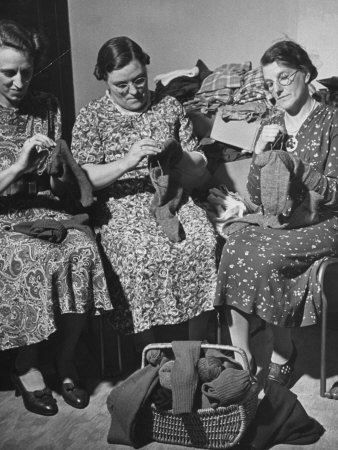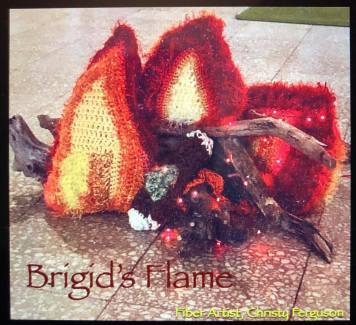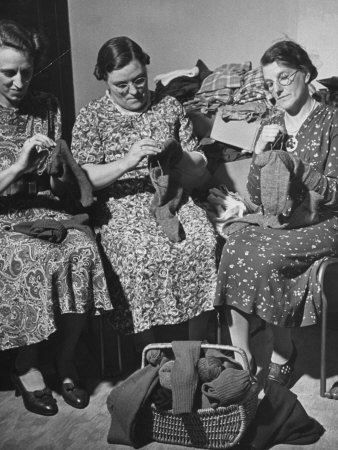Christy Ferguson, Instructor of English and women’s studies faculty, discusses the history of the Stitch ‘n Bitch and reflects upon her own journey as a fiber artist.
To knit, to crochet, to weave, to embroider, to sew, to craft, to mend…
Handicrafts (handmade items) have always been an essential aspect of a modern society. They fulfill our need for things like textiles and art and have often provided space for communities to come together. As well, as our society becomes increasingly concerned about the health and vitality of our precious planet, it is not surprising that these skills have trended. People are finding new and more interesting ways to incorporate both the mending and reuse of materials and the creation of handmade items before purchasing things from corporate retail chains.
Growing up, I remember equating the idea of knitting and crochet to the concern of being/becoming an “old woman”. However, today people of all ages have picked up the hook (or needles). And as handicrafts have continued to trend in modern society, we have seen massive shifts in the image of what it means to be a “Happy Hooker” (a person who crochets) or a member of a regular “Stitch ‘n Bitch” group.
Although socially, the phrase’s popularity is often accredited to author Debbie Stoller’s fun, instructional series of Stitch and Bitch books released the early 2000s, the history of the phrase actually originated in the early twentieth century. During WWII, “women who moved in with parents or in-laws when husbands went overseas, gave their elders a free night once a week (so to speak since they parked their children there!) to attend “stitch and bitch” meetings. Loaded with sewing and knitting…voicing opinions on everything from parenting to politics and exchanging news from each war zone represented” (Macdonald 314).

Historically, these types of activities were often categorized as “women’s work” along-side that of child-rearing, household chores, and cooking. However, as we continue to progress as a society and blur the lines of expected gender roles, these crafts have successfully found their way into the hands of all. Today, handicrafts are not merely seen as necessity for frugal living or a frivolous feminine hobby. Often, these skills are applied to artistry in magnificent ways.
As a fiber artist, I personally love taking something as simple as yarn and turning it into a thing of beauty. Just as a painter with her brush, my crochet hook inspires me analyze the world around me. It helps me make sense of the world’s beauty and pain. It reminds me to remain focused on issues that are important to me and my community. It allows me to reveal those complexities to my audience, providing representations of fear and sadness and passion with nothing but a hook and a pile of string.

Something interesting to note, is that the modern Stitch ‘n Bitch looks very similar to those of the past. People (mostly women) gathering with friends to discuss life, love, and the world, all while keeping their hands productive with their latest projects.
Multitasking at its finest.
Some may be knitting, some crochet, others might embroider or mend their favorite scarf, all while telling stories of the time that has passed since their last meeting. They speak of their joys, their sorrows, their concerns. They debate politics and recommend the latest books they’ve read. It is truly a gathering of minds.
A Stitch ‘n Bitch today continues the humble yet integral tradition of women gathering to create and socialize. It nods to women of the past, recognizing the struggle they endured for women today to have the freedom to create whenever, however, and WHATEVER we want! I speak from experience when I say, it can be incredibly fulfilling creating feminist-fueled artistic expressions embracing a medium that was once supposedly employed to keep women meek. Instead, it provided them the perfect opportunity to come together outside the watchful eye of the patriarchy.
Macdonald, Anne L. “No Idle Hands: The Social History of American Knitting.” Random House, New York. 1988.

2 thoughts on “Stitch ‘n Bitch: A Nod to Herstory”